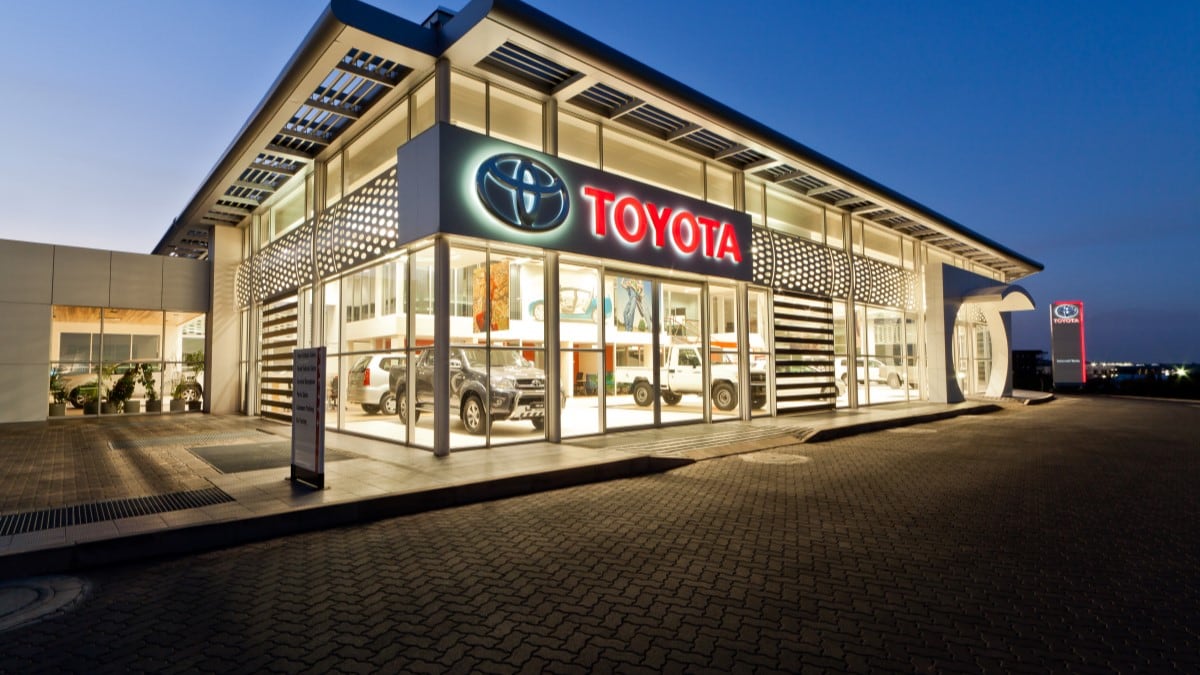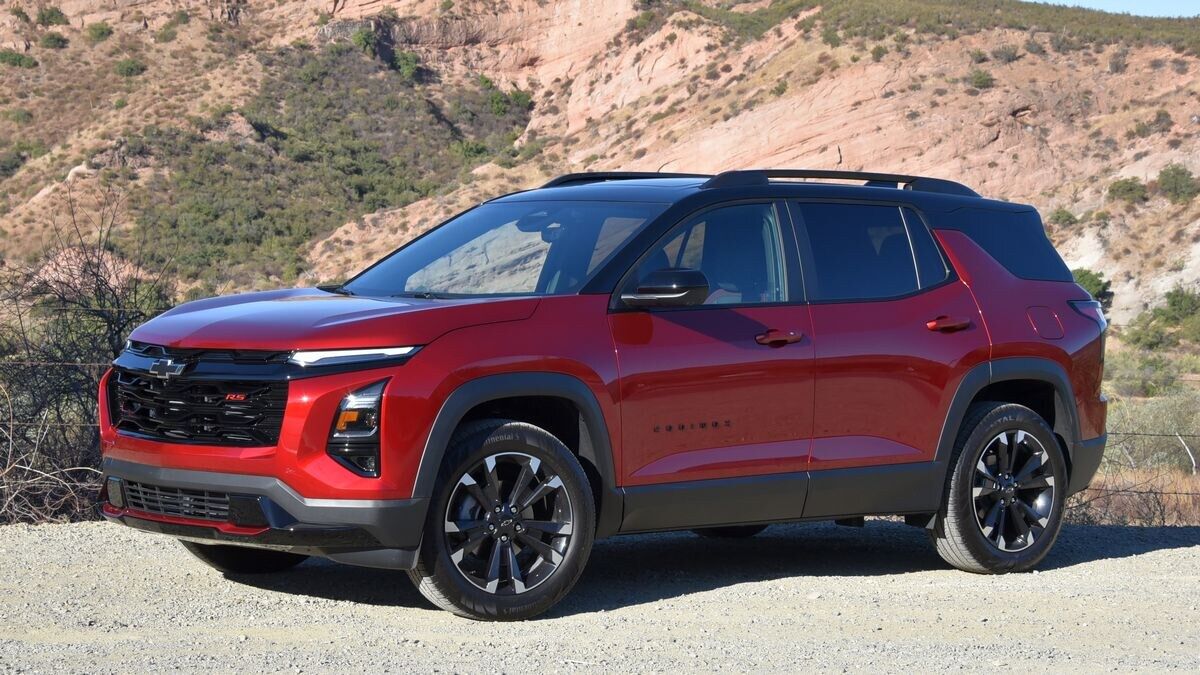It’s easier to afford a new car today than at any point since August of 2021. Getting a new car loan remains challenging. However, shopping for your loan and shopping for your car should be separate processes, and one of the two is getting easier.
Our favorite measure of the impact of car costs on quality of life is the Cox Automotive/Moody’s Analytics Vehicle Affordability Index. It’s a product of Kelley Blue Book parent company Cox Automotive, but that’s not why we like it.
We like it because few Americans can afford a new car with cash. Most of us borrow to buy and then work to repay the loan. The index measures how long the average earner takes to pay off the average new car loan. So, it acknowledges that buying a new car can impact your budget, your financial goals, and your working life for a long time.
For most of a decade before the COVID-19 pandemic hit, the index hovered between 33 and 36 weeks. The pandemic sent it spiraling out of control, hitting 44 weeks last December.
It’s currently at 37.1 weeks. Not quite pre-pandemic levels of affordability. But it’s getting close.
The biggest driver? Declining prices. But other factors are in play, too. “New-vehicle affordability improved in the consumer’s favor again last month,” says Cox Automotive Chief Economist Jonathan Smoke. “Income growth continued, and both the average new-vehicle price and the average interest rate declined.”
The typical payment decreased 0.7% in February to $744. The average monthly payment peaked at $795 in December 2022.
Interest rates, however, remain historically high. The Federal Reserve controls interest rates through a single tool that isn’t surgically precise – varying the interest rate charged on overnight loans between banks. That rate trickles through the economy as lenders use it to calculate rates on other forms of credit, like car loans.
The Fed has signaled plans to cut rates this year but has held off cutting them so far – in part because insurance costs are so high.
Lenders sometimes cut their rates slightly once they know a Fed rate cut is coming. But they can’t afford to lead the market by much.
The lender cuts seem to be happening now. The typical new-vehicle loan interest rate declined to 10.15% from 10.28% in January.








